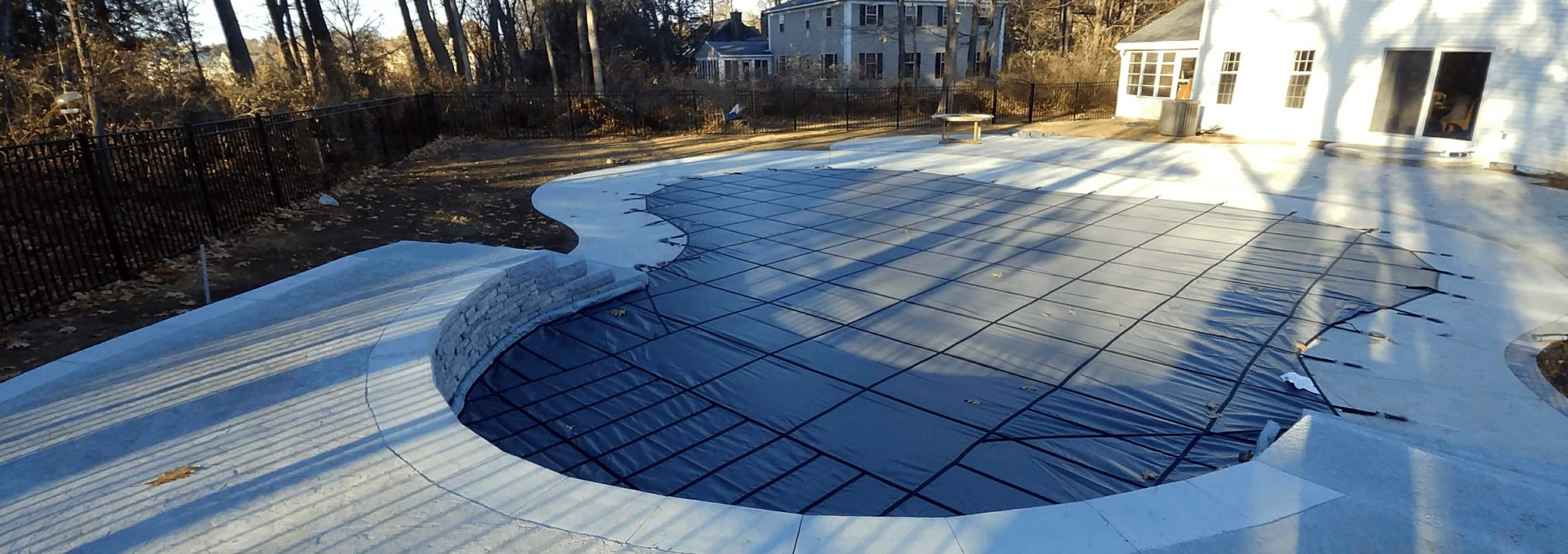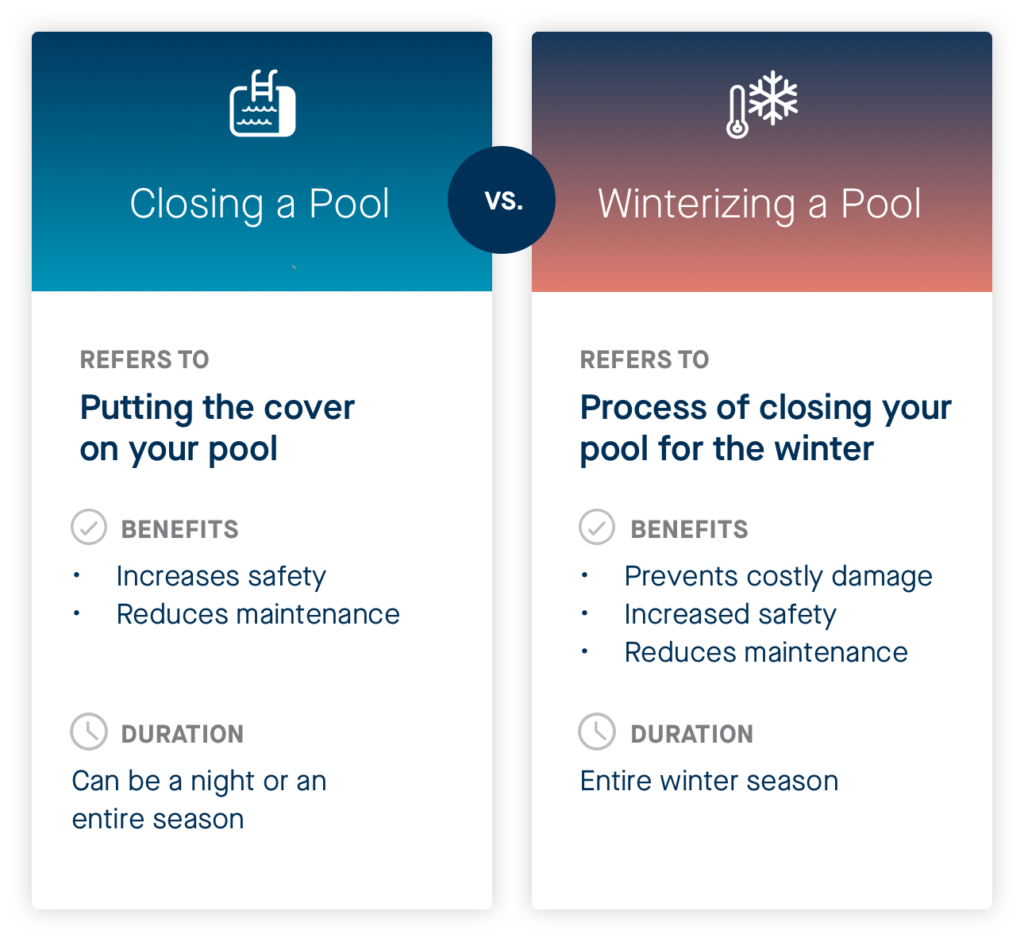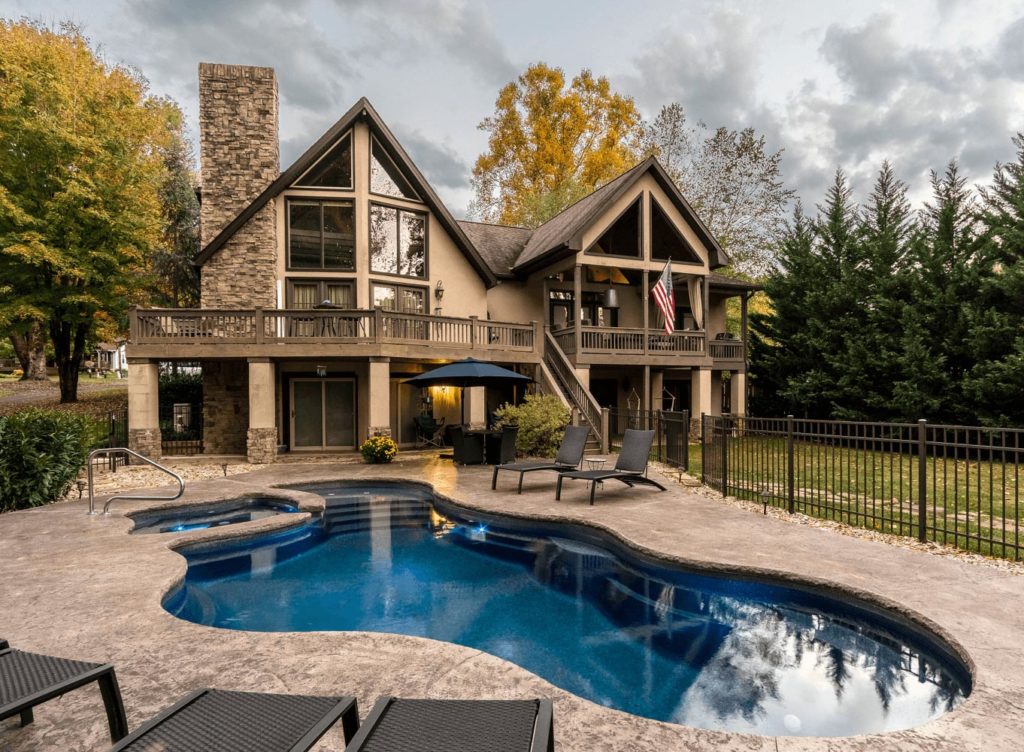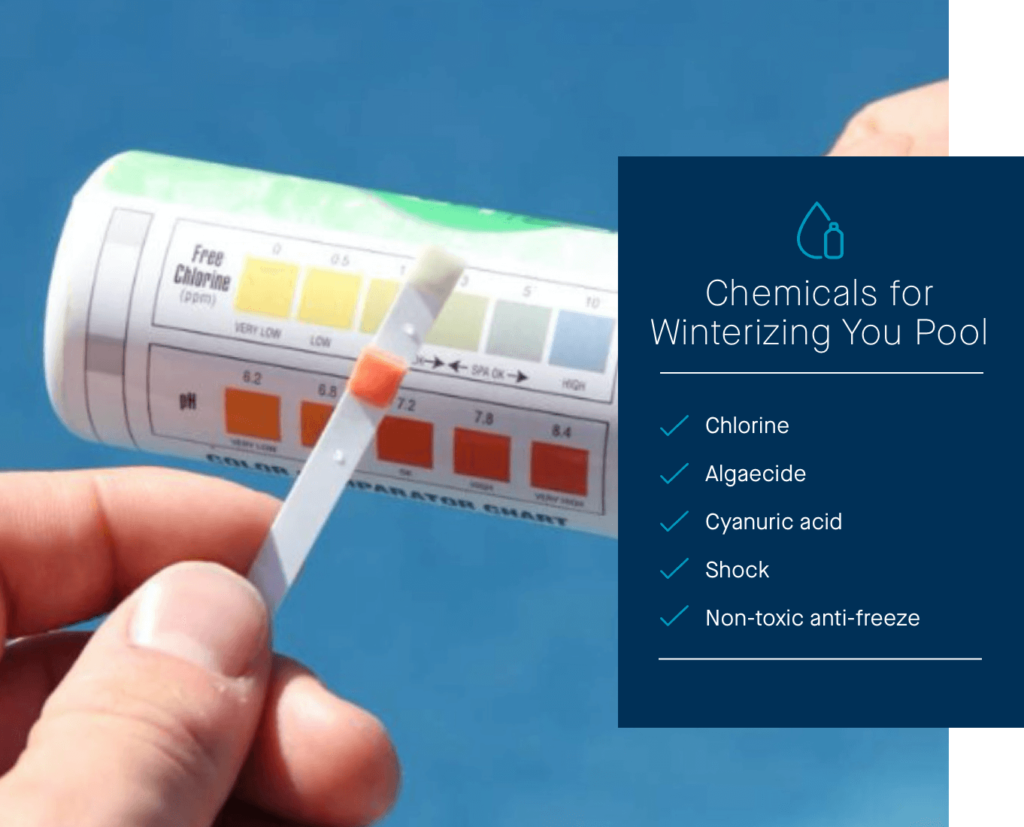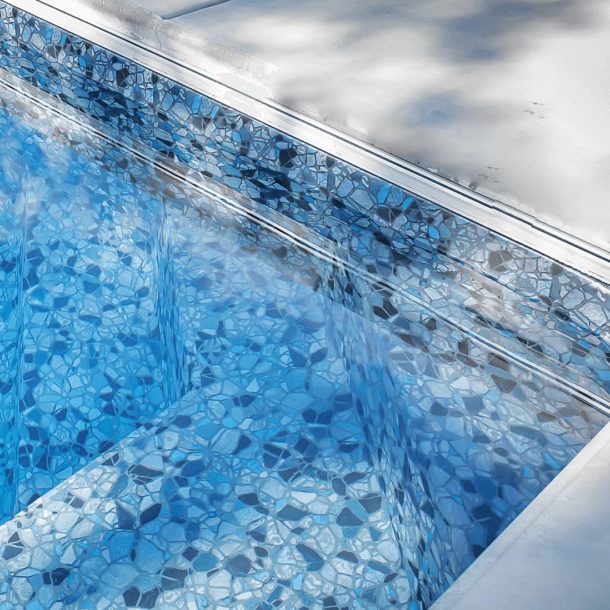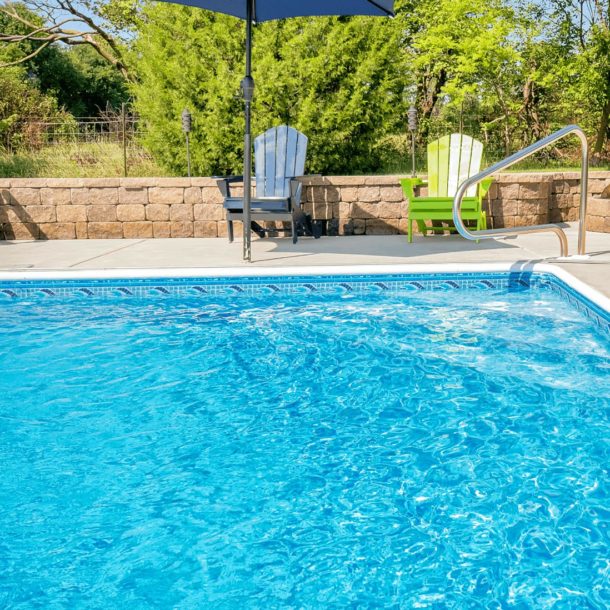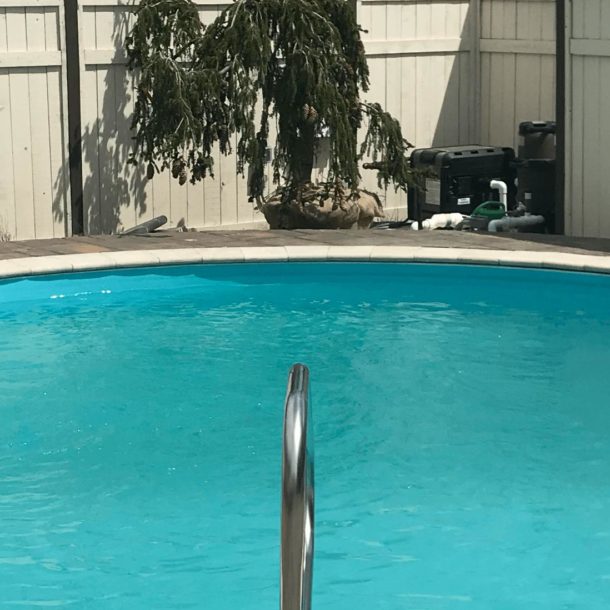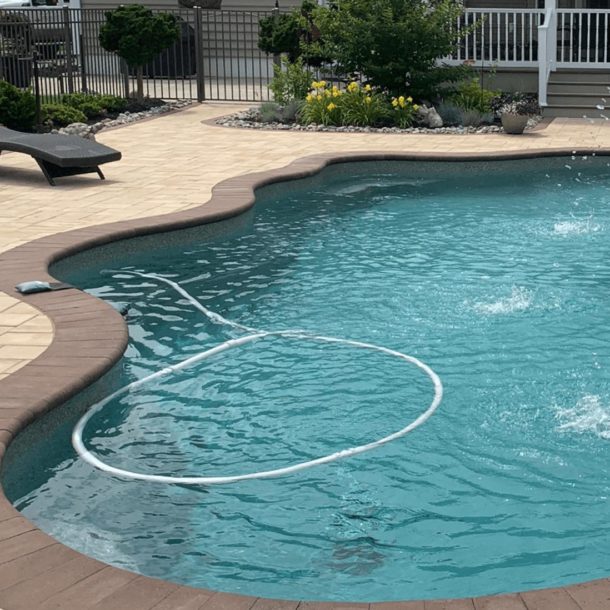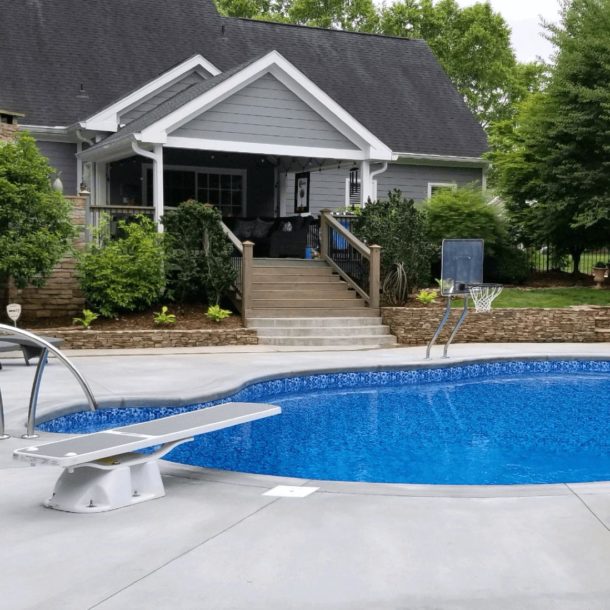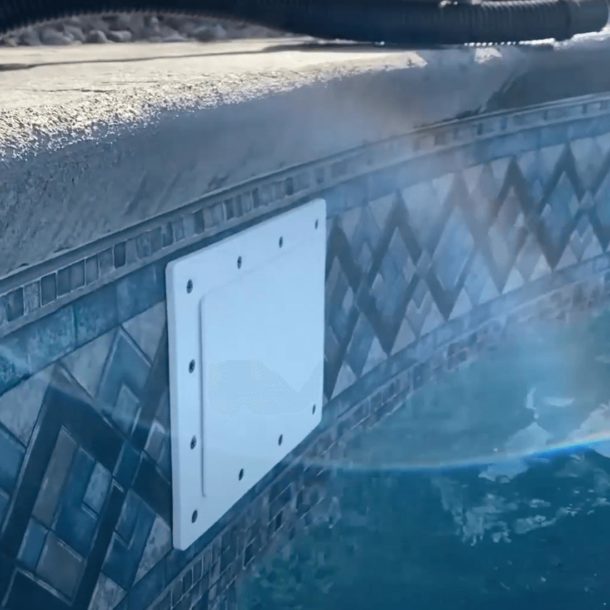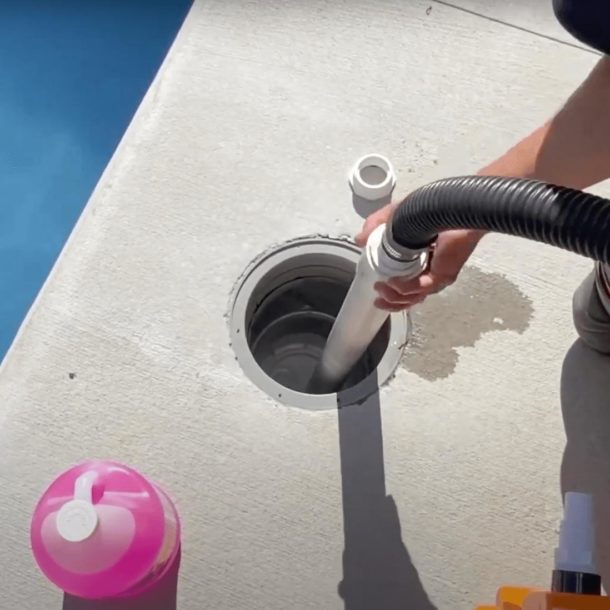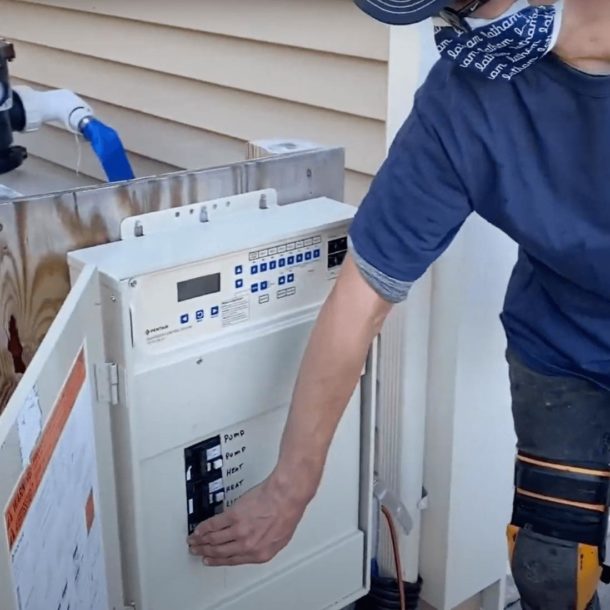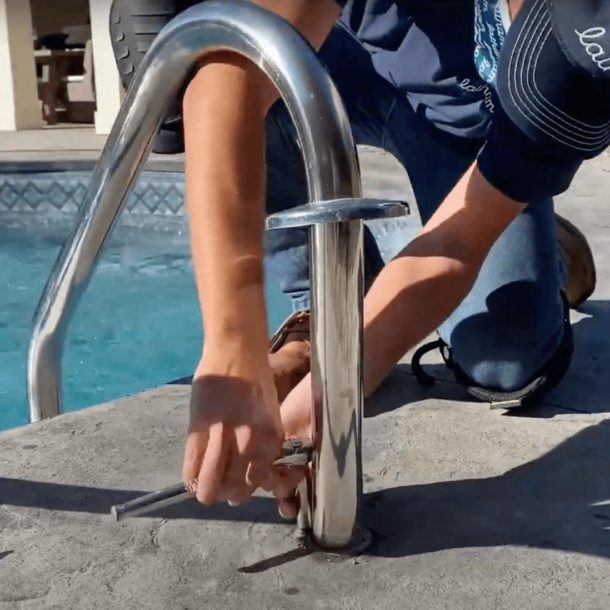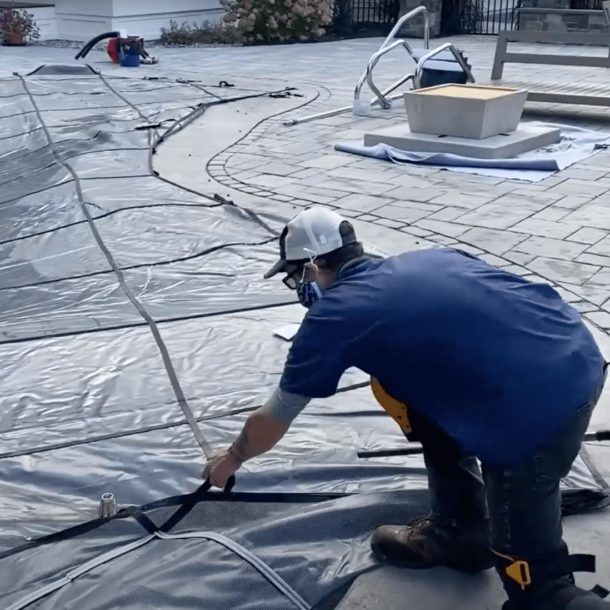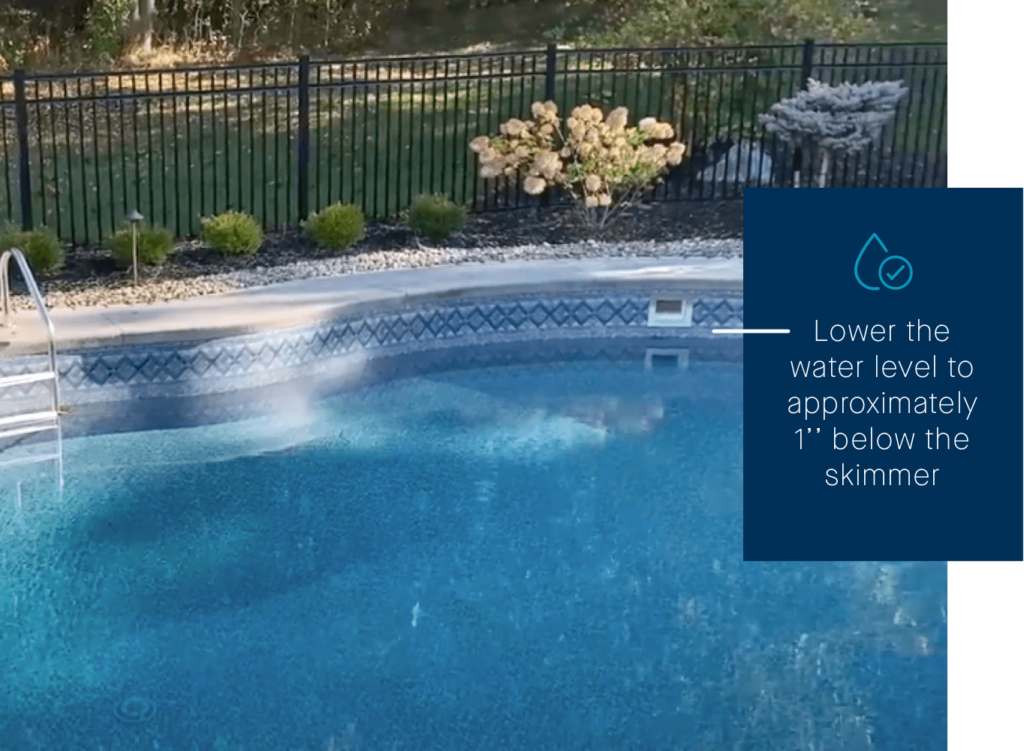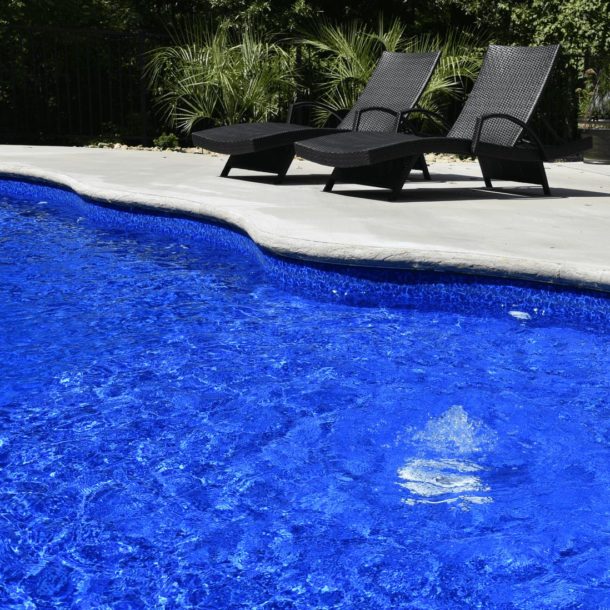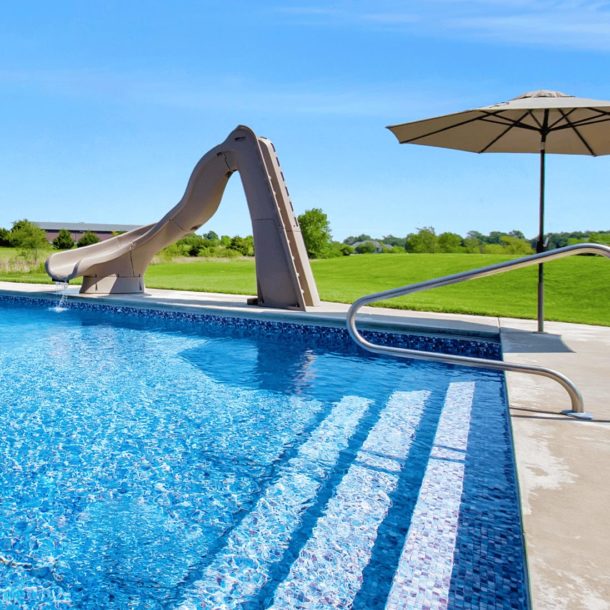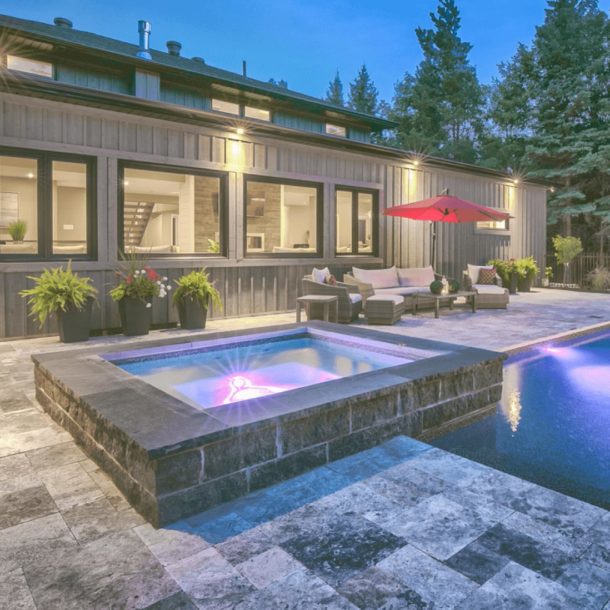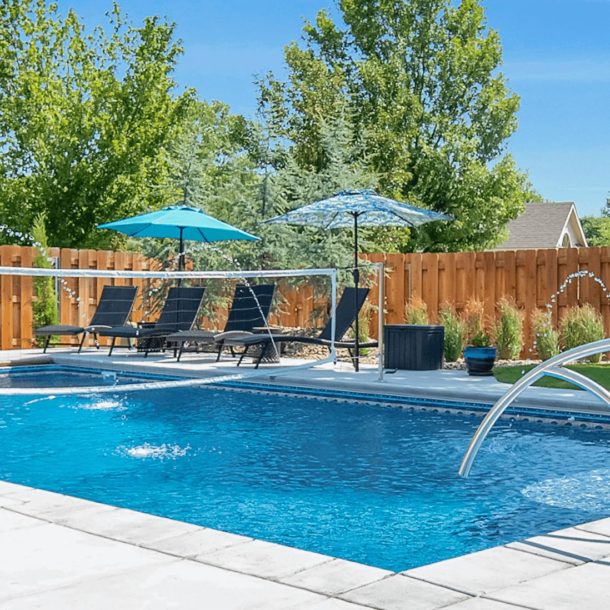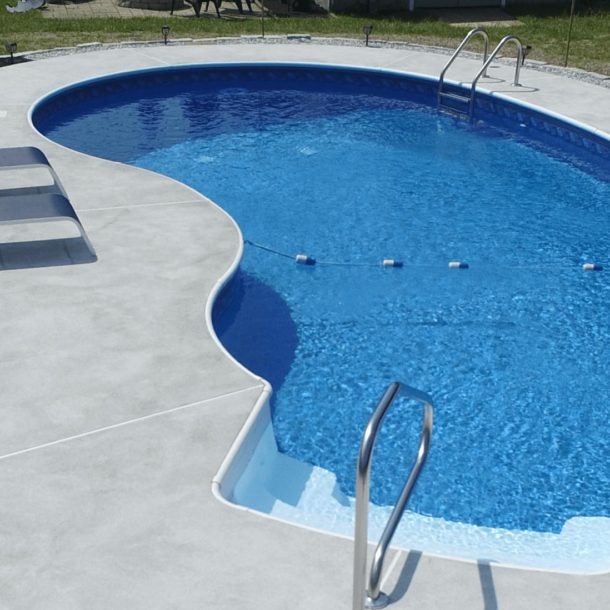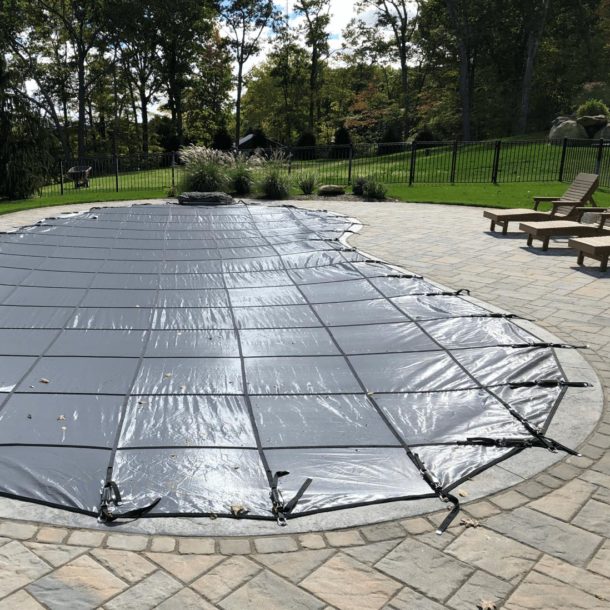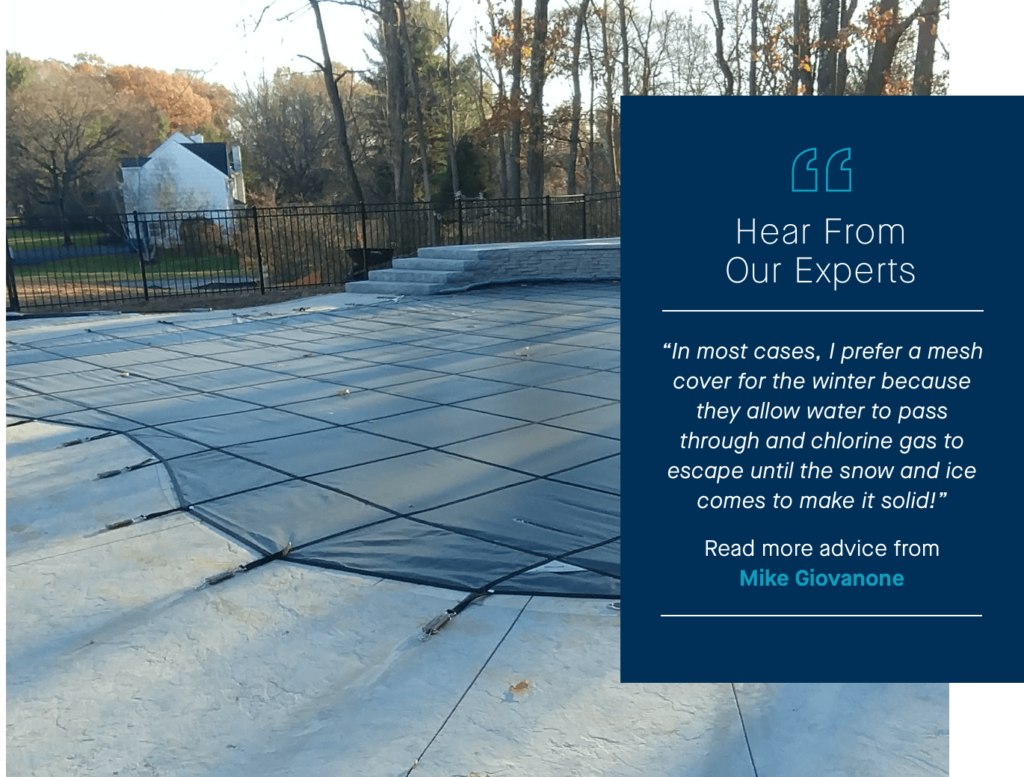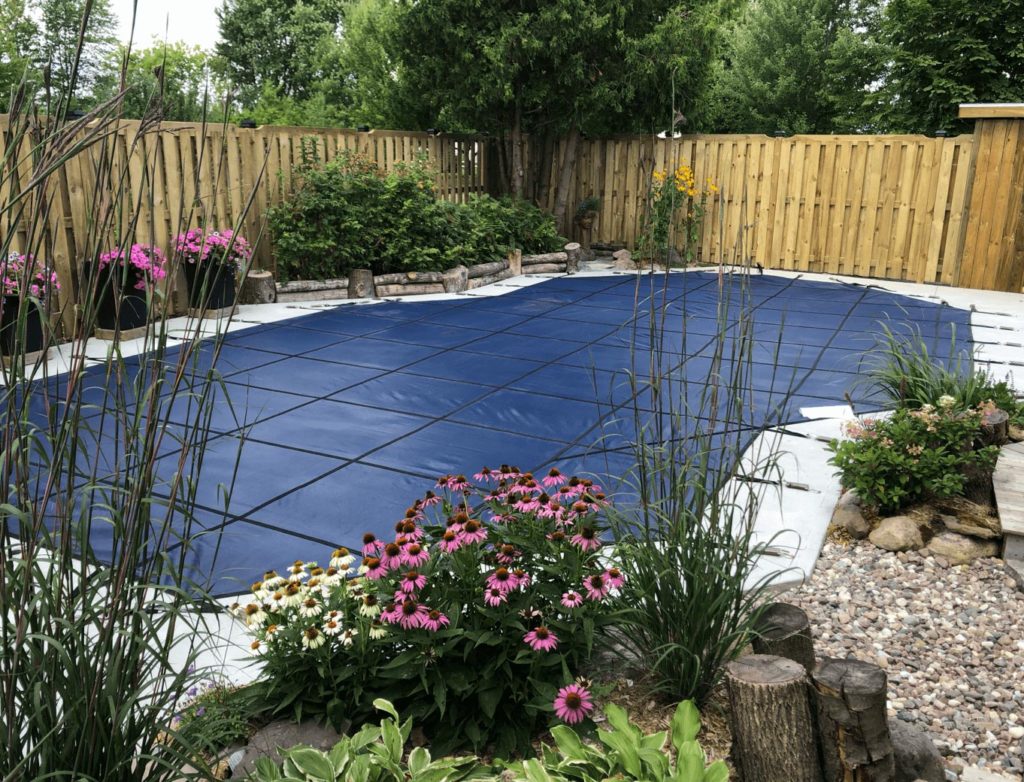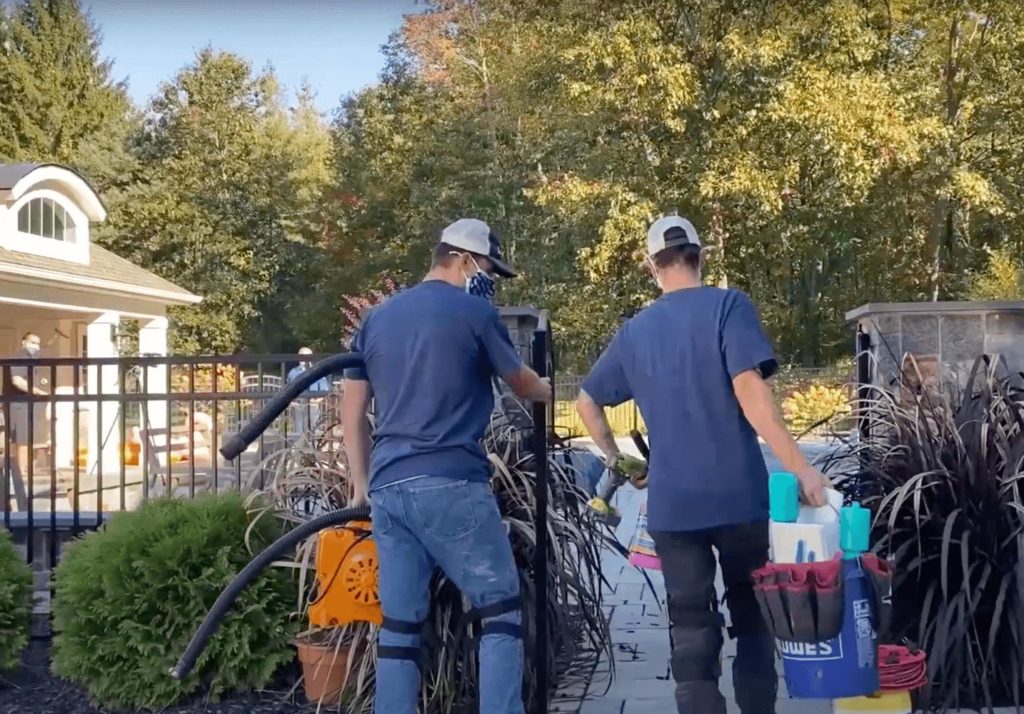When it comes to in-ground pool maintenance, one of the most important tasks on the list for those who live in climates where temperatures fall below freezing is to fully winterize the pool.
Closing vs. Winterizing a Pool
Before we get into the steps, it’s important to note the difference between closing and winterizing a pool. You want to make sure to start winterizing your pool well before you close it:
Closing a Pool: Closing your pool refers to putting the cover on. You can close your pool for a night or for the entire winter season. Many homeowners close their pool during cooler months. If you’re closing your pool for an extended period of time, it’s important to balance the water. Visit our water chemistry guide to learn more.
Winterizing a Pool: Winterization is vital to keep everyone and everything safe during the winter. You generally winterize a pool when it won’t be used for several months. When water freezes it can expand, potentially causing costly damage to your pool. Winterizing your pool can help to prevent damage to the pool, and includes the following steps:
- Turning off pool equipment and removing any accessories
- Balancing pool water
- Removing water from lines and vessels
This easy-to-follow outline will help you understand the winterization process, but the best way to winterize your pool is with the help of your local Latham Independent Builder.
When to Close Your Pool for the Winter
When temperatures start dropping it’s time to take action to protect your pool. Make sure you follow the correct steps to get your pool ready before you put on your seasonal safety cover and close your pool for the winter. If you have any questions, call your local Latham Independent Builder for help.
It’s important to monitor your pool water temperature to prevent damage to your pool and pool components.
Give yourself enough time and start the process when your pool water starts to drop. Freezing water can expand and cause damage.
Follow these steps to protect your pool and keep everything in working order for when it’s time to open your pool in the spring. Note that there is also a set of steps below to take if you live in a milder climate but will be using your pool less over the winter. When in doubt about any steps in the process, contact your Latham pool dealer.
What You’ll Need to Close Your Pool for Winter
Besides a swimming pool cover, you’ll need some items, like tools and chemicals, to maintain your water, prevent freezing, and get your pool ready for winter.
Tools & Equipment to Close Your Inground Pool
These tools will help you prepare your pool for the winter months when your pool is not in use. If you’re not sure how to use this equipment or don’t want to buy more supplies, contact a pool technician.
- Basic tools: Screwdriver, wrench, a ratchet set, to remove ladders and other pool accessories
- Wall brush
- Leaf net
- Air blower: This is very important. Make sure to use an air blower like a liner vac, with high volume and low pressure
- Seasonal safety cover
- Pool vacuum
What Chemicals Do You Put in Your Pool for Winter?
You will also need a few pool chemicals to prepare your water. If you live in an area where it snows or where winter temperatures get very cold, you’ll want to use chemicals and non-toxic antifreeze to prevent freezing. Even if you live in a warmer climate but still plan to close your pool, you’ll want to use the right chemicals to maintain your pool’s water chemistry.
Chemicals for winterizing your pool:
- Chlorine
- Algaecide
- Cyanuric acid
- Shock
- Non-toxic anti-freeze
- Depending on the pH level of your pool, which you can test on your own or collect a sample and bring it to a testing facility or local builder, you may need a pH increaser or decreaser
Note: Consult with the industry standards for pool water before using any chemicals or adjusting the pH. If you have questions, contact your local pool dealer. It’s important to check your water frequently and most dealers can test the water for you.
How to Winterize Your Pool in Cold Climates
If you live in a cold climate where temperatures drop between 25 and 50 degrees, you’ll have a few more steps in the process vs. closing a pool for more mild winters.
For cold climates, lower the water level approximately 1” beneath the skimmer and blow the water out of the pump, pipes, and any vessel that holds water to prevent damage that can occur when the water expands from freezing. Water can expand between 9-10% due to cold temperatures.
Water Levels: How Far Down Do You Drain Your Pool for Winter?
As a general rule, you want to lower the water level to approximately 1” beneath the skimmer. You never want to drain your pool completely. If you feel there’s a need to drain your pool, contact a pool professional.
If you’re using a seasonal pool cover, be sure to follow the manufacturer’s instructions regarding the water level. Some will recommend that after blowing out the pool pipes you plug the skimmer and raise the water level to a point that it will support the cover when it’s weighed down by snow.
If you’re unsure about draining the water or any steps of the winterizing process, contact your Latham pool dealer.
How to Winterize Your Pool in Mild Climates
If you live in a mild climate, you will have a longer pool season. However, there may be periods where you use your pool very infrequently as it is not uncommon to see temperatures drop below freezing from time to time even in warmer areas. While you might not need to truly winterize your pool, you can cut back on the maintenance by following the six easy pool closing steps below.
How to Winterize an Inground Pool Checklist
Download our free maintenance resource to get step-by-step instructions for closing and winterizing your pool in cold and mild climates.
Why Should You Cover & Close Your Pool in the Winter?
Staying on top of pool maintenance throughout swim season and then properly winterizing your pool as the weather starts to turn can save you a tremendous amount of time, money and frustration over the lifetime of your backyard swimming pool. Closing and covering your pool during the off-season also means you’ll have less maintenance work to do when it’s time to open your pool for spring. That means you and your family will be able to enjoy your pool faster as temperatures begin to warm up.
All of the steps we’ve outlined may seem overwhelming to a new pool owner, but you can always contact your local Latham Independent Builder for assistance.
Is it Okay to Leave a Pool Uncovered in the Winter?
As tempting as it may be to skip these steps and leave your pool uncovered, we strongly advise against that. If your pool will not be in use for a prolonged period of time, cover it for safety reasons. This will also help to prevent algae growth, keep debris out of the pool and maintain the water chemistry.
Covering your pool will save you time during the winter, as you won’t have to clean your pool while it’s not in use. It will also reduce the amount of cleaning and maintenance you will need to do when it’s time to open your pool.
Can’t Winterize Your Pool Yourself? Professionals Are Here to Help!
If winterization tasks seem a little too daunting, it is never a bad idea to call your trusted Latham Independent Builder to provide these services for you. This will ensure the job is done properly to help keep your pool in the best condition possible for the next season. Whether you’re swimming in it or eagerly awaiting the return of warm weather, your pool is a great source of excitement year-round, so be sure to protect your investment!
Learn More About Pool Maintenance
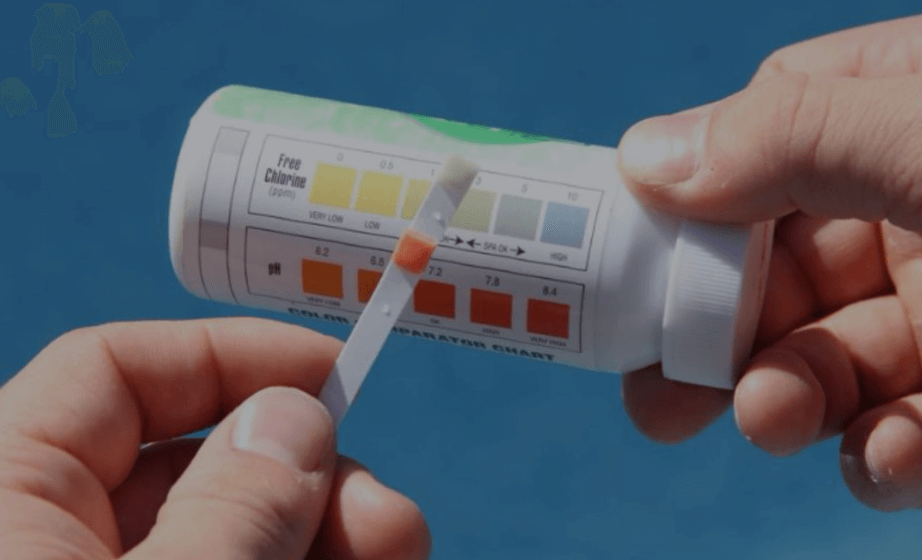
Methods for Testing Water Chemistry
Balancing your pool’s water chemistry is essential to keeping water clear, preventing damage and getting the most enjoyment out of your pool. Get tips for creating the right chemical environment for your pool.
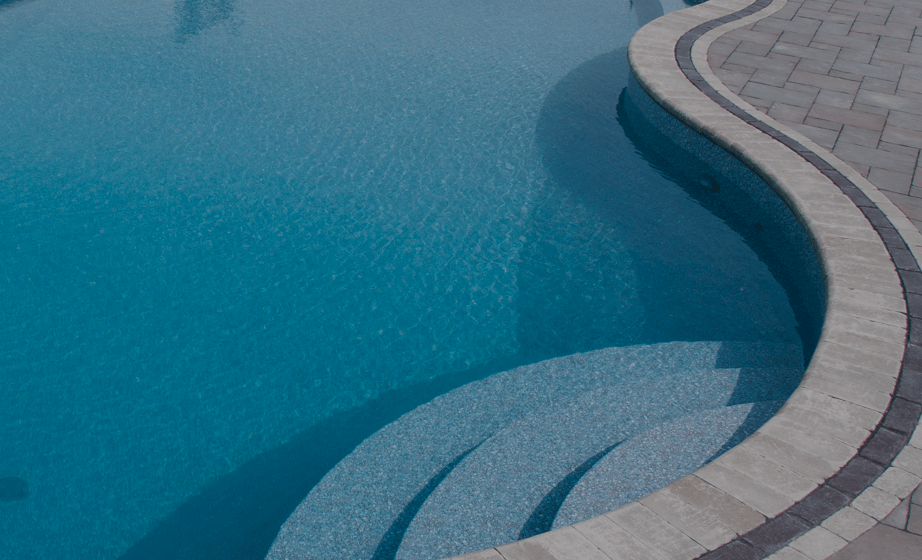
How to Shock Your Swimming Pool
Sanitizing your pool involves balancing chlorine and chemical levels to destroy bacteria and algae that can put a damper on your fun. Learn how to sanitize your chlorine or saltwater pool.
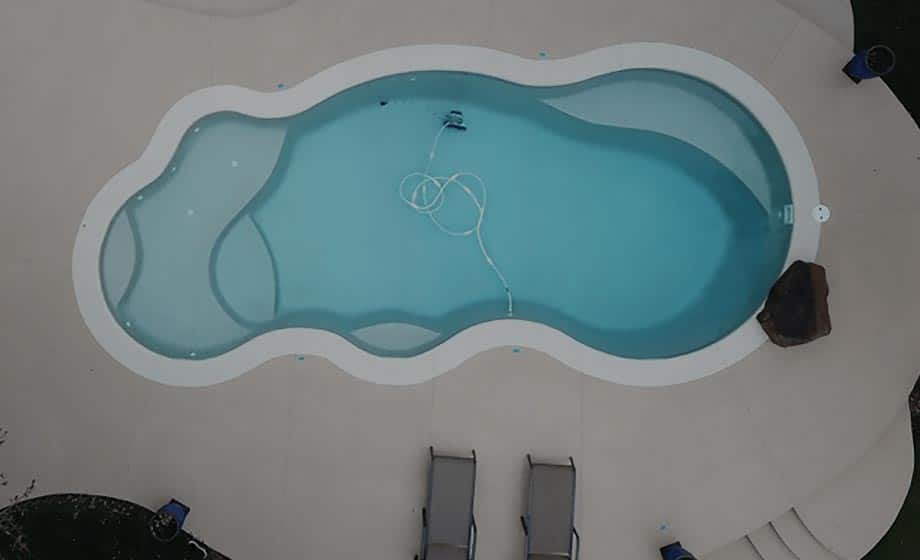
View all Maintenance Topics
If you’re new to pool maintenance, don’t worry! We’ve got you covered with resources that outline best practices for the basics of caring for your pool.
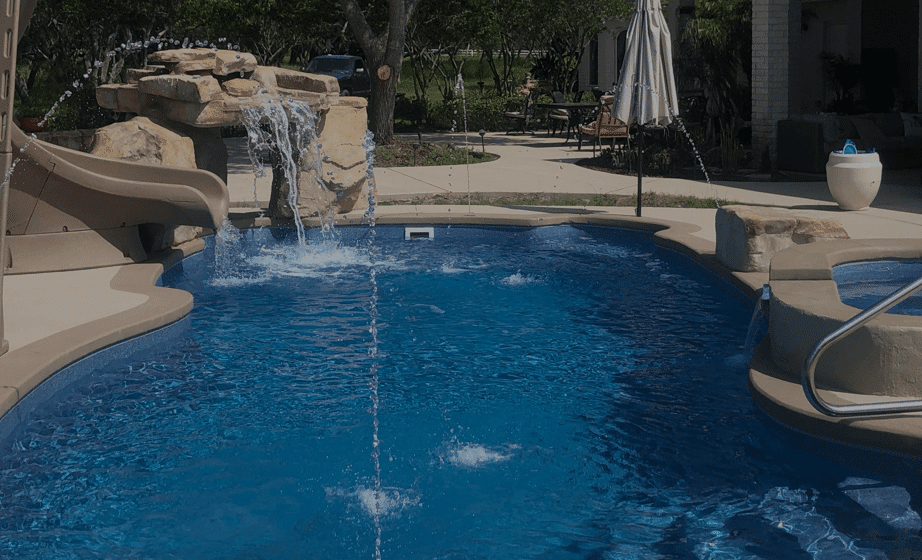
How to Open an Inground Pool in the Spring
Springtime heralds the dawn of greenery, sunshine and the promise of warmer temperatures. It’s also the perfect time to open your pool for the season! From the chemicals needed for pool startup to the best time to prep your pool for the season, learn everything you need to know about the pool-opening process.
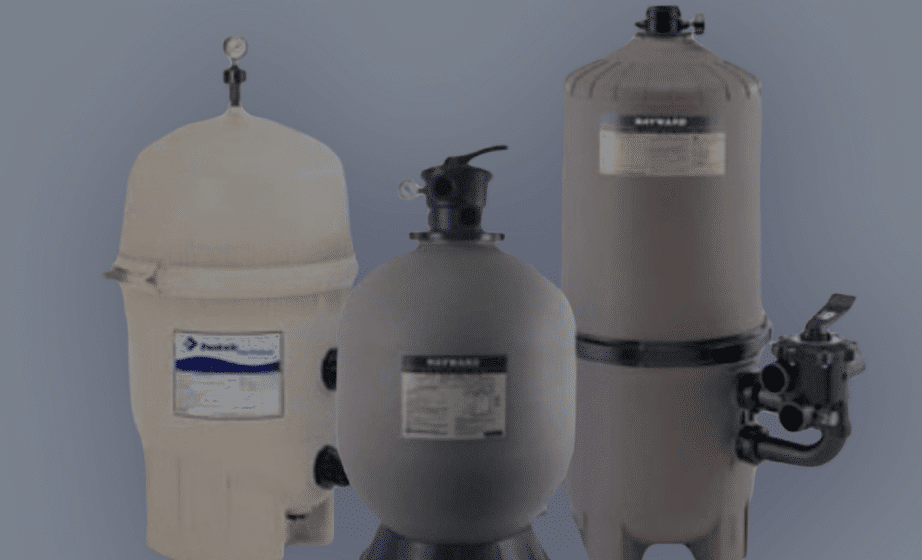
How to Clean Pool Filters
Your pool filters work hard so you don’t have to! However, while your pool filters work to trap dirt and debris, they still need a little TLC. Get tips to clean your pool filters.
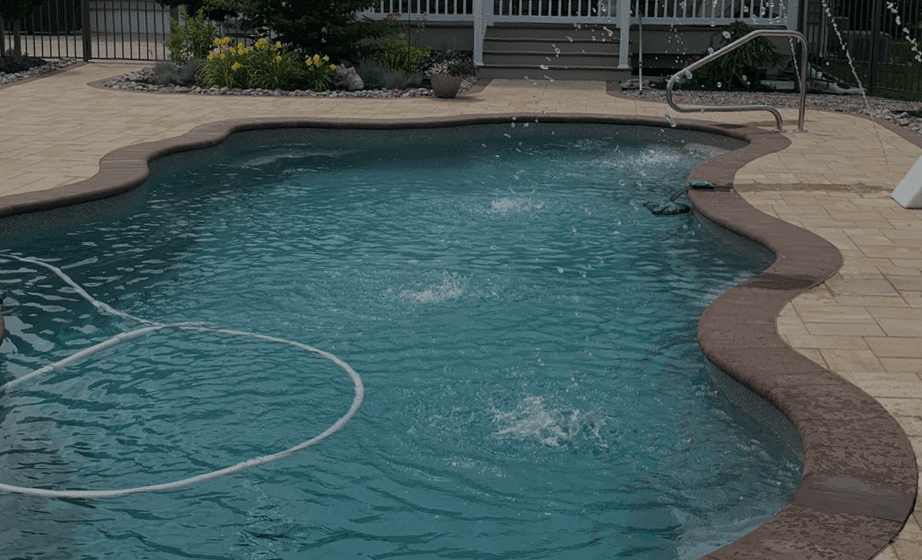
How to Clean an Inground Pool
From stain removal to using a pool vacuum, check out best practices for cleaning your inground pool and keeping it crystal clear!
